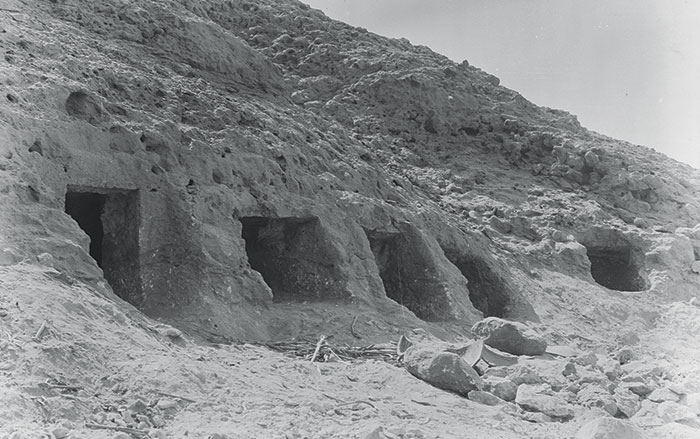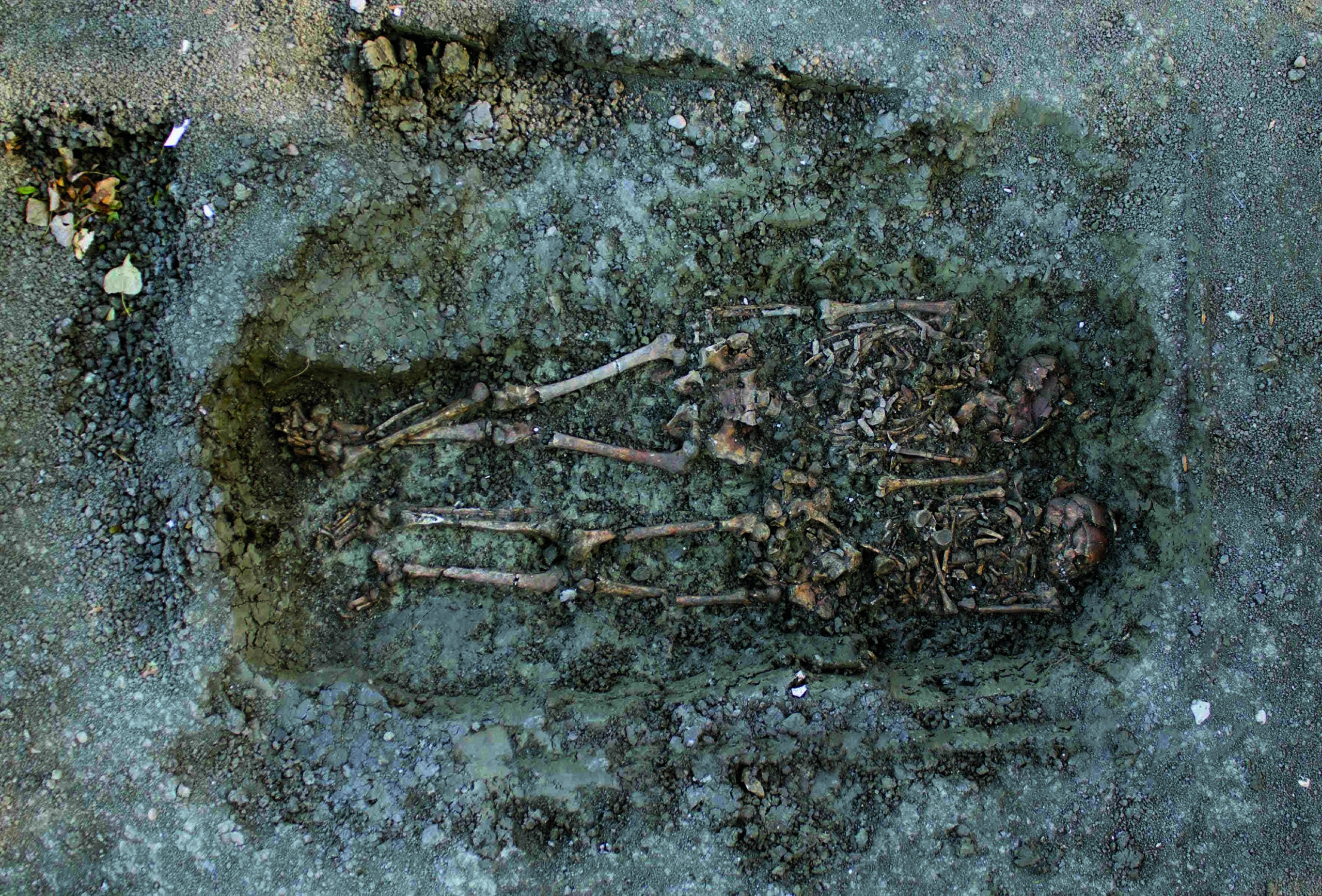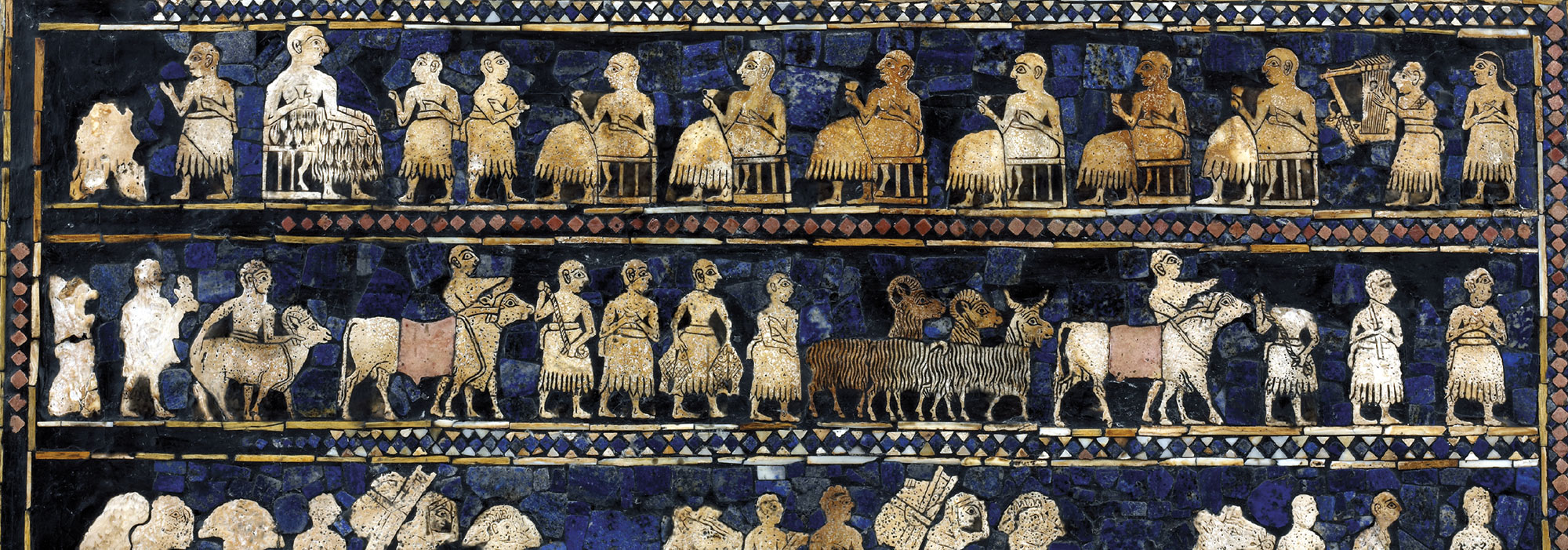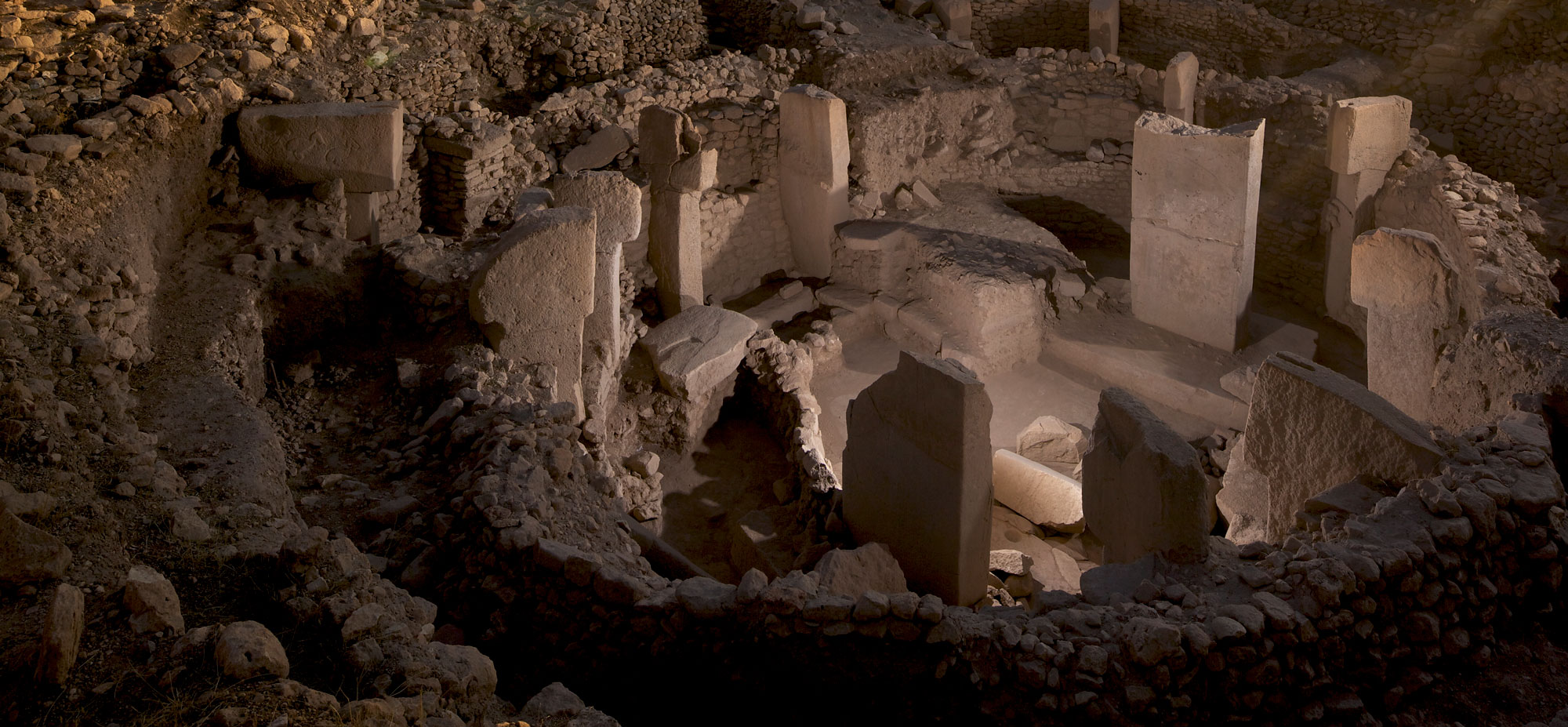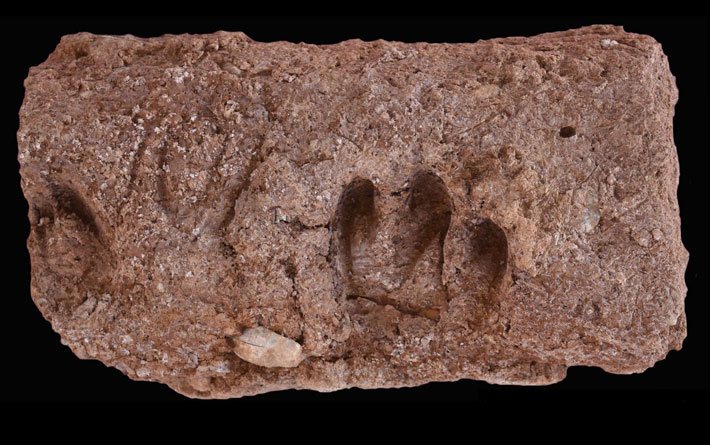
DUBLIN, IRELAND—Courthouse News Service reports that an international team of scientists led by Kevin G. Daly of Trinity College Dublin examined the remains and DNA samples of goats that lived at Ganj Dareh, an archaeological site in western Iran’s Zagros Mountains, at least 10,000 years ago. Several bricks bearing the imprint of goat hooves have been found at the settlement, Daly added. The animals resembled the wild bezoar ibex, with robust bodies, large cloven hooves, and scimitar horns. The study suggests that male goats were slaughtered once they matured, while female goats were kept to maximize the number of breeding animals. Daly said the genomes of some of the goats in the study resembled that of the bezoar ibex. These goats may have been hunted from wild herds, he explained. The other goats, while morphologically wild, were genetically on the path to domestication, with reduced Y-chromosome diversity from fewer breeding males, and an increase in relatives mating. To read about a fossilized Neanderthal tooth unearthed in the Zagros Mountains, go to "World Roundup: Iran."


